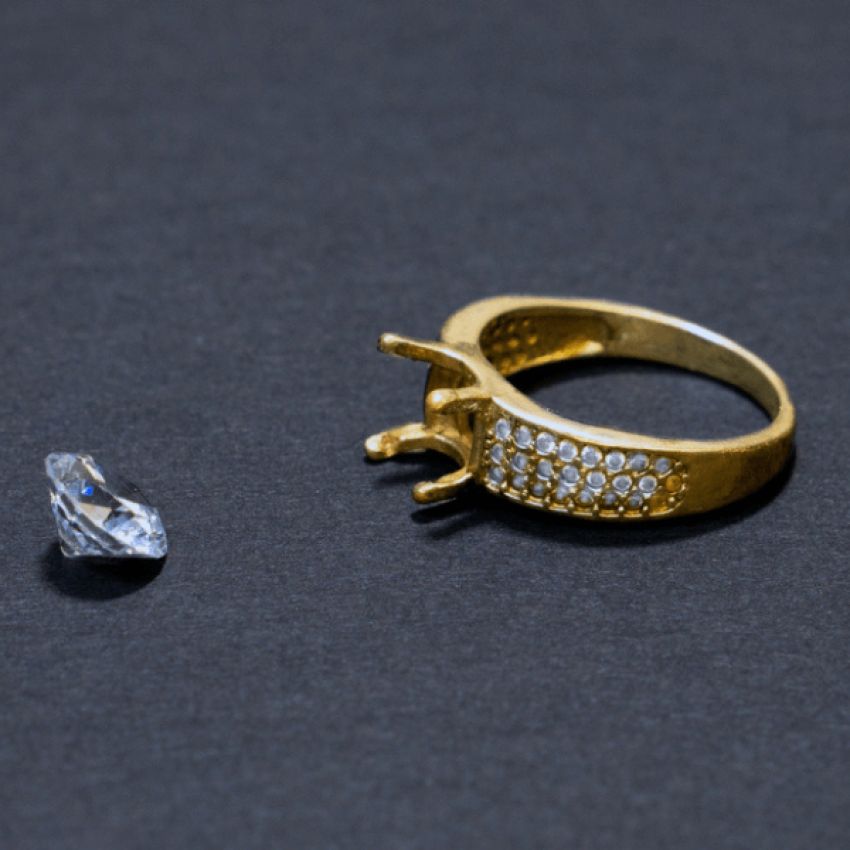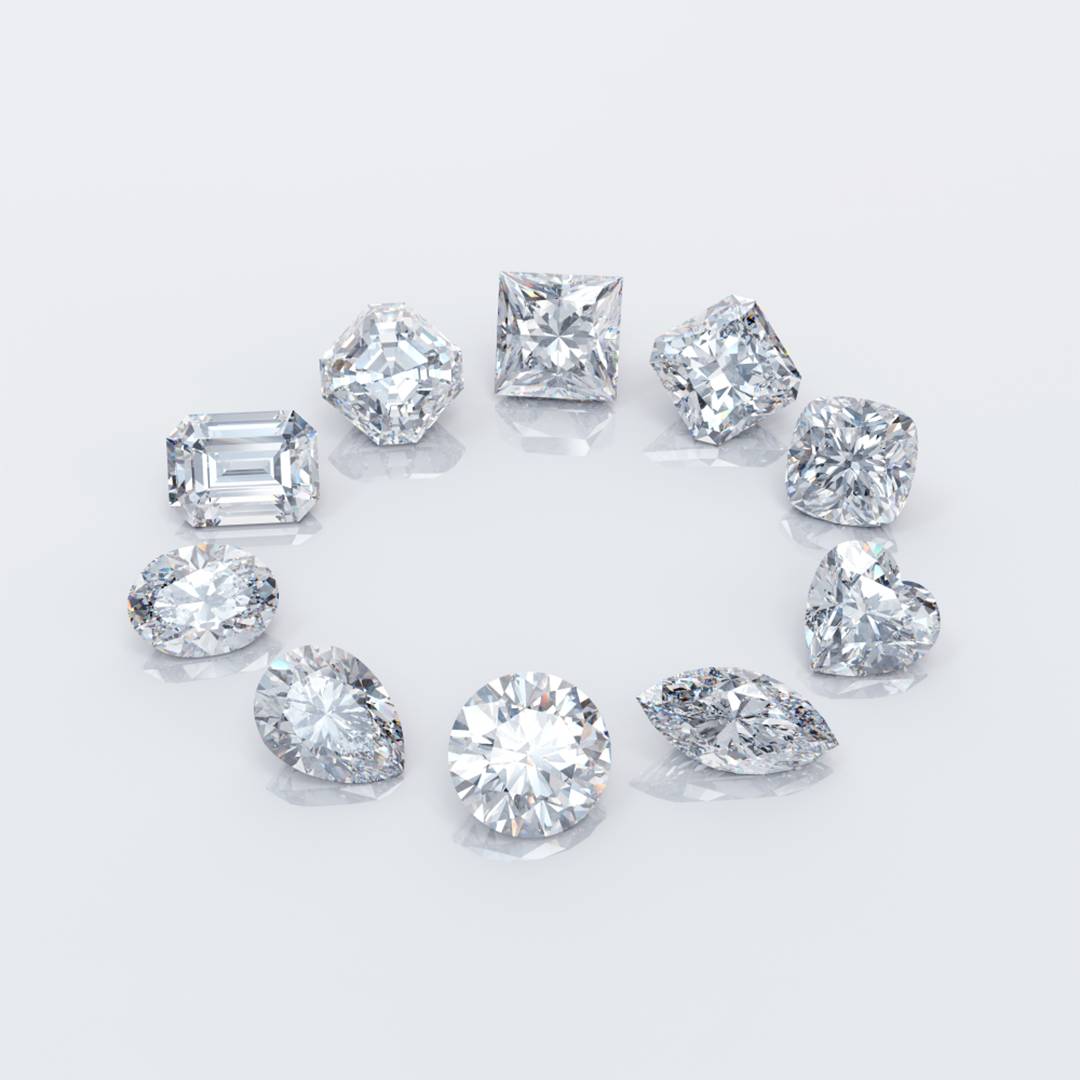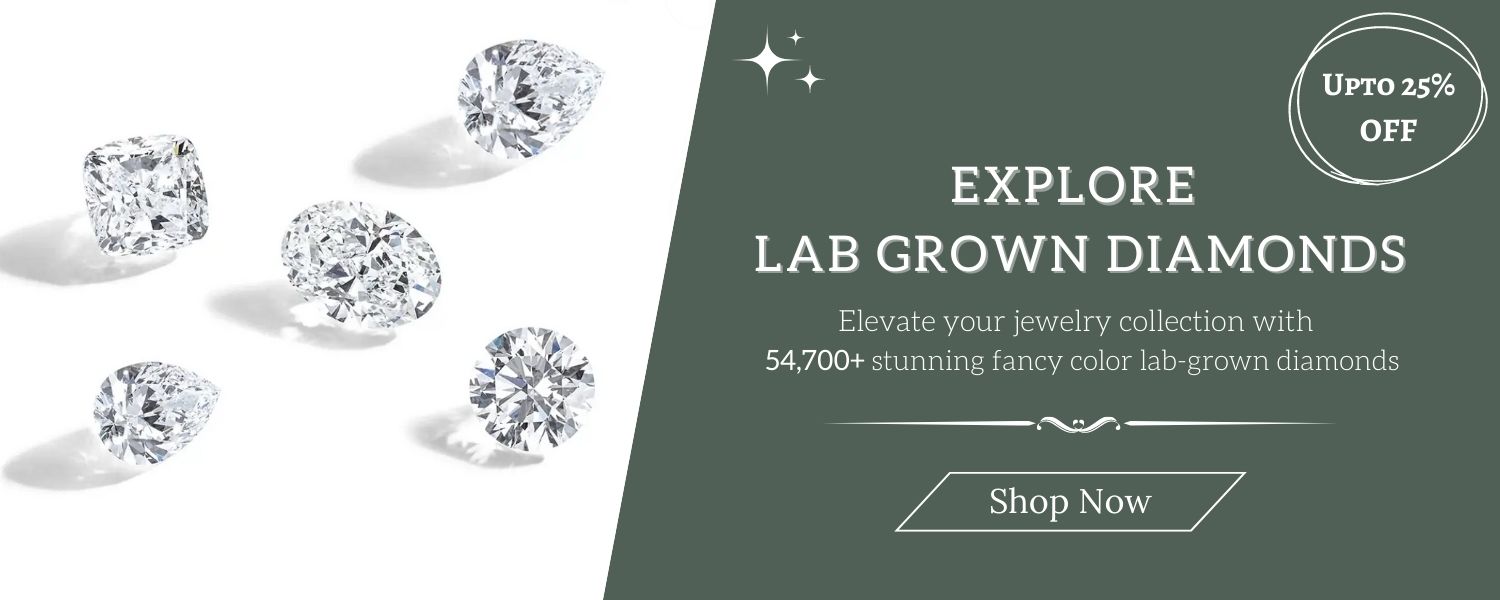What is Lab Grown Diamond? A Sustainable Alternative to Mined Diamonds
What Are Lab Diamonds?
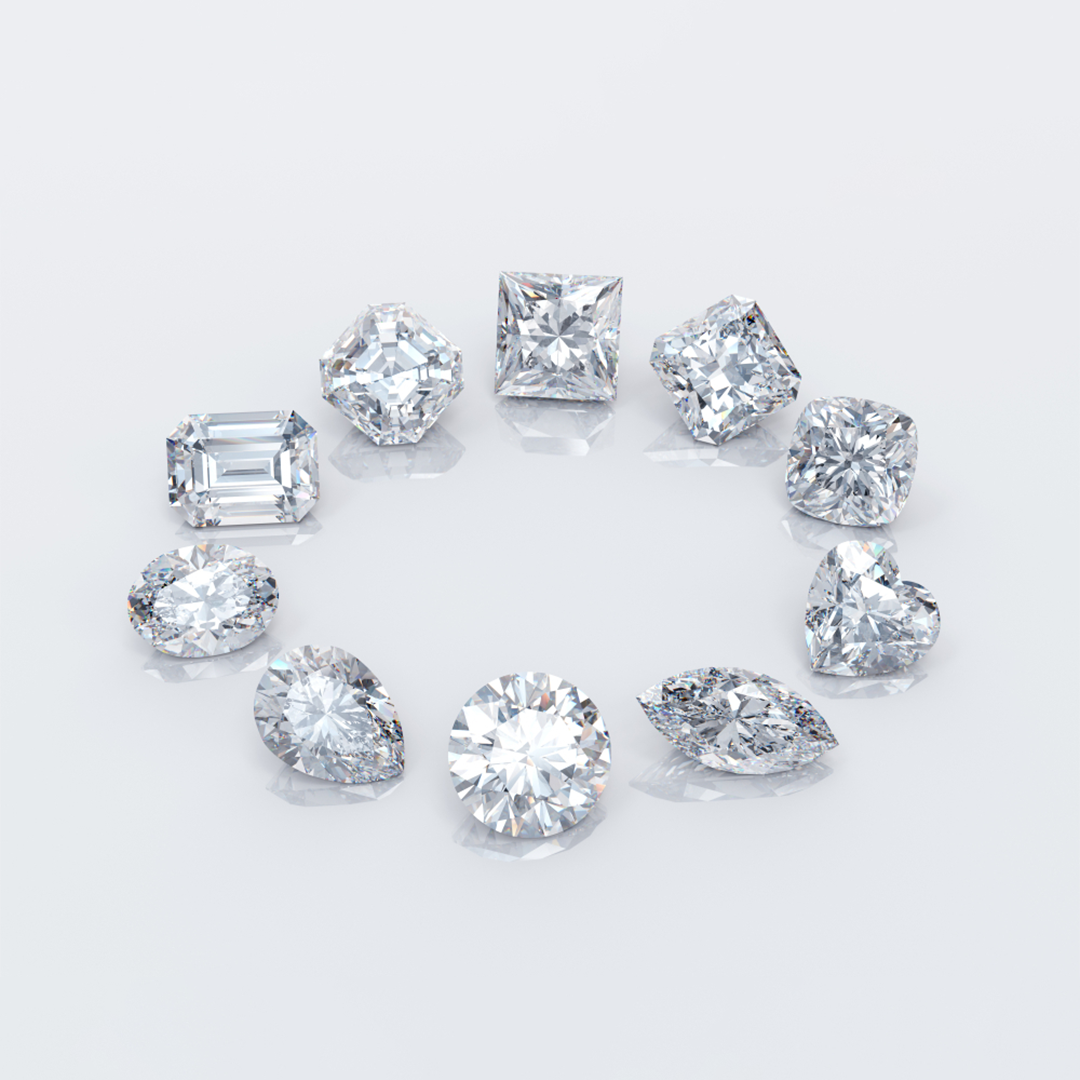
Lab Grown Diamonds are something that is chemically and physically similar to Natural Diamonds, while these diamonds cost you less in price. So, when you compared both diamonds, the difference isn't in the way they look.
This lab Grown Diamond which is also known as a lab-created diamond is grown under controlled laboratory environments using advanced technological processes and creating a duplicate of a Natural diamond having the same quality. This lab diamond is created of definite carbon elements arranged in a typical diamond crystal structure. As these diamonds are made up of the same elements their appearance and chemical properties are identical to natural diamonds. They are ecologically friendly as they do not harm the earth with mining. Significantly, they are even, yet cheaper than natural diamonds.
History of Lab Diamonds

In 1797, scientists discover the first lab diamond embody of pure carbon elements. Hereby the race started to develop the first synthetic diamond. Throughout the 19th century, many tried to recreate a lab diamond formation. Although there were many claims of success, scientists couldn't repeat these experiments.
The first lab diamond was created in 1954 by GE, under a project named "Superpressure". Firstly the project was started in 1940 but due to World War 2, the work was postponed, for many years scientists tried varied methods with various pressures to produce diamonds from carbon. As a result, when a material broke the scientist's cutting tool they believed they had achieved. They rank 10 on the Mohs scale of hardness also they can prominently scratch and destroy metal tools.
Formations of Lab Diamond in Laboratory
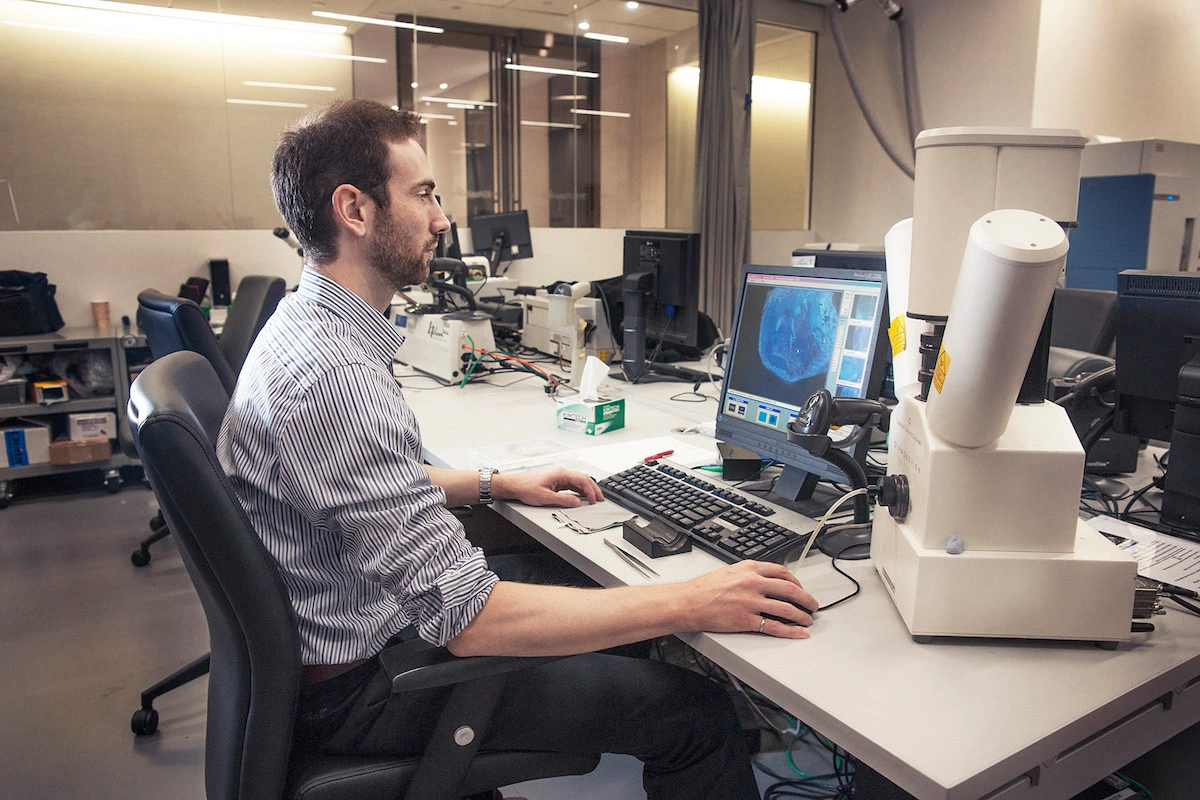
Synthetic Diamonds are formed by two methods, HPHT (high pressure, high temperature) or CVD (chemical vapor deposition). Hereby temperature and force mimic the environment within the earth that naturally forms diamonds. CVD provides energized gasses onto a substrate in a vacuum enclosure similar to a microwave. Learn more about hpht vs. cvd diamonds.
Many people believe that they are lab grown in the laboratory in the factory but we can say here that they are precision manufactured in a high-tech factory. One single diamond produced in a Singapore factory is 200,000 square feet which produce 300,000 carats of lab-grown diamonds every year.
Benefits of Choosing Lab Diamond
They are way too similar to mined diamonds, just the difference is they are formed in the lab. Their appearance, as well as chemical properties, are similar, while they are formed under the same temperature and pressure conditions. In fact, lab-Grown Diamonds are often of more suitable quality due to the highly restrained environment and fully monitored process. Here are the most promising benefits of choosing the Lab-Grown Diamond.
They have lesser defects and also they have a beautiful appearance due to better, more shining quality and elevated purity. Lab diamonds are environmentally friendly as they don't harm any kind of nature while no need for a mining process too. From a pricing point of view, they are way too affordable in price. they can be formed in any color which even we can't find in nature.
Hence, they are grown through a sustainable process using (CVD) chemical vapor deposition, making it effortless to keep up with demand without offering quality or engaging in harmful processes or conflicts.
What's the Difference between Lab Diamond and Natural Diamond
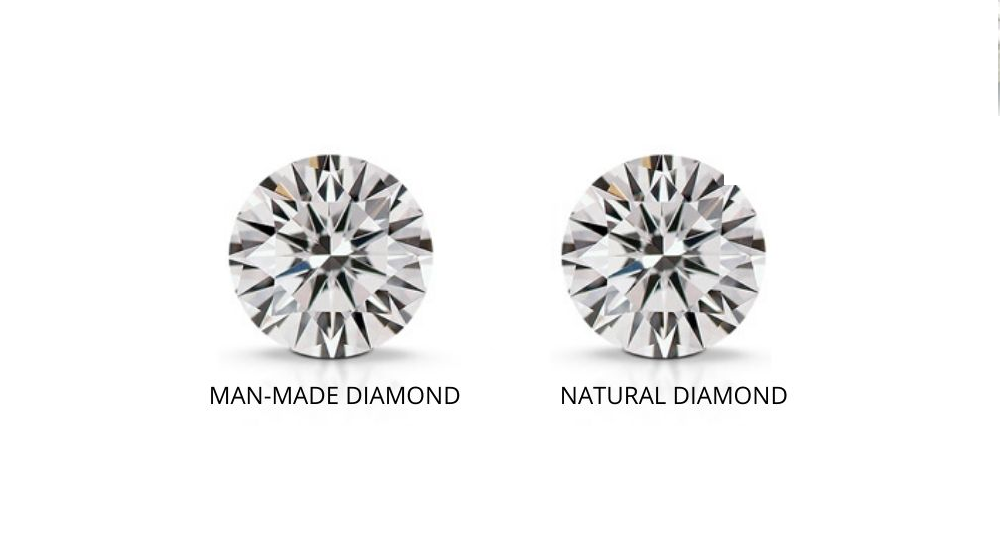
No one can tell difference just by looking at them, the one with the great knowledge of Diamonds can only make the difference. Here the gemologists create a distinction by seeing their features and looking at their characteristic. Progressive testing tools can verify the originality and uniqueness of most natural diamonds automatically. The 100% pure lab diamond can be identified in Diamond Grading Laboratories. The Lab-created diamonds are engraved with the word Laboratory Grown to make sure about what buyers are getting.
Are Lab Diamonds Better than Natural?
Lab Grown diamonds are the same as natural diamonds, even their shapes, sizes, clarity grades, and colors are just like natural diamonds. They both have the same physical and chemical properties. Here, Lab Grown Diamond offers great value they are more reasonable than natural diamonds of equal size and quality. Lab Diamonds are purer stones than natural diamonds as the Lab Created Diamonds do not have any dirt or impurities ingrained in them. According to an environmental point of view, Lab Diamonds are better because they are not mined.
Lab Grown Diamond- Value & Price
The price of Lab Diamonds is 60% less than that of Mined ones, this is the vital factor as you can get the exact look of Natural Diamond at a low price. Lab-created diamonds are considerably more reasonable today than five years ago. It's conceivable that laboratory-grown diamond production will persist to get cheaper and cheaper as competition increases, forcing producers to keep reducing their sales price for these stones.
Facts of Lab Diamonds
-
They have the same features like Natural diamond, their chemical and physical properties match perfectly.
-
The point of origin is only the difference between Natural diamonds and Lab-grown Diamonds
-
They have eco-friendly diamonds, as they do not harm the environment while developing.
-
They are available in a variety of colors.
-
lab-created diamonds are grown from diamond seeds.
-
HPHT and CVD are used for growing lab-created diamonds.
It's impossible to tell the difference between a natural diamond and a lab diamond with the naked eye.


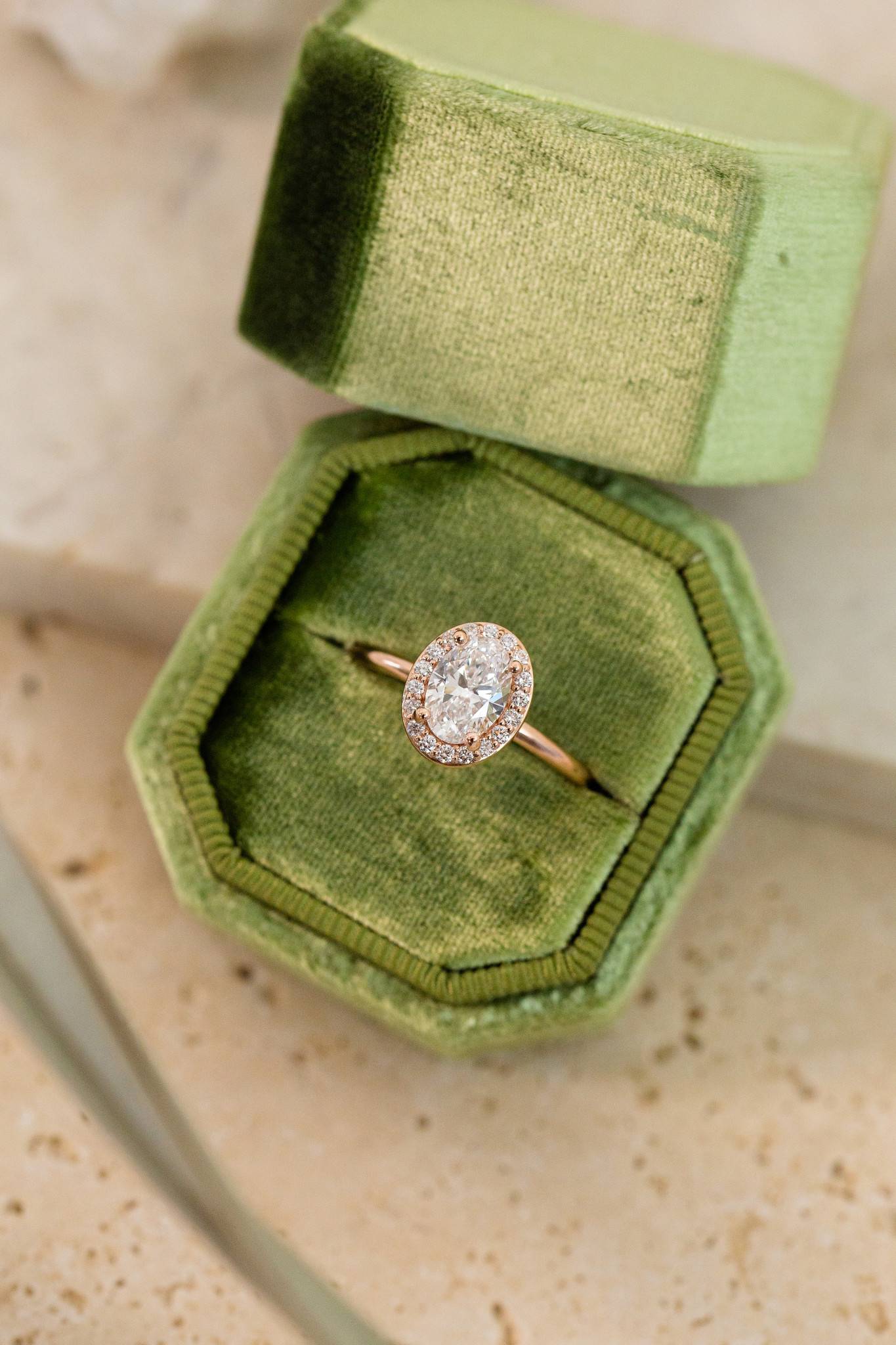
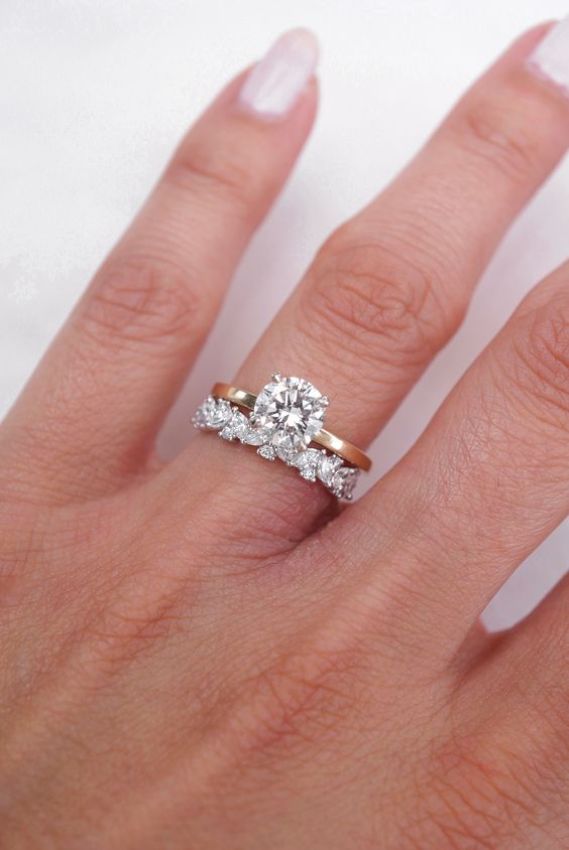
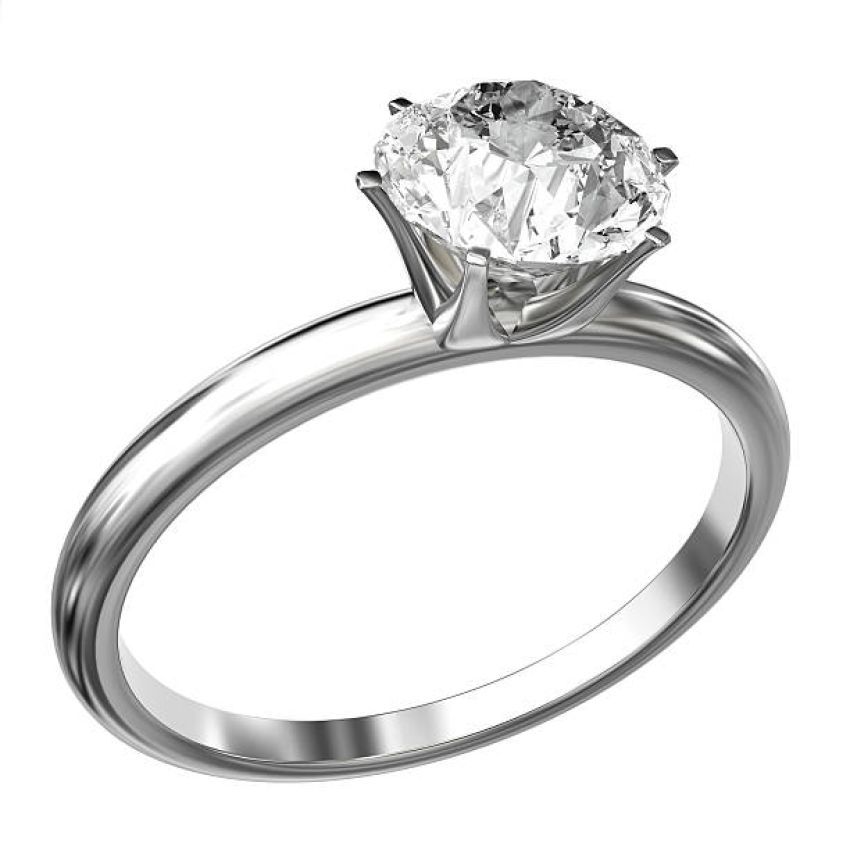 Start with a Setting
Start with a Setting
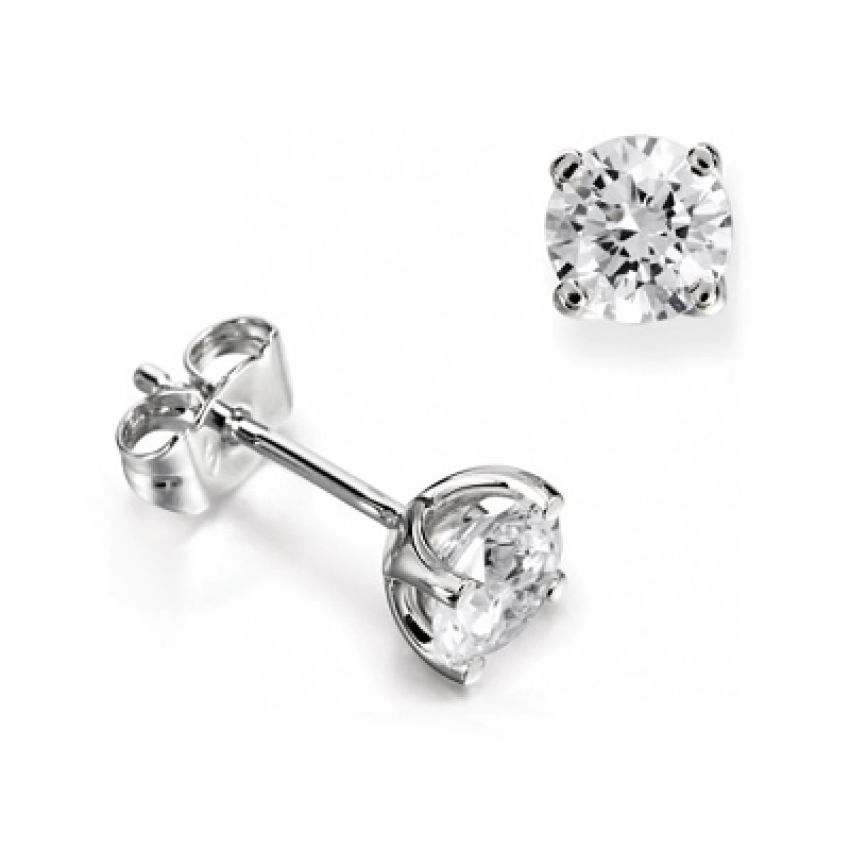 Start with a Setting
Start with a Setting
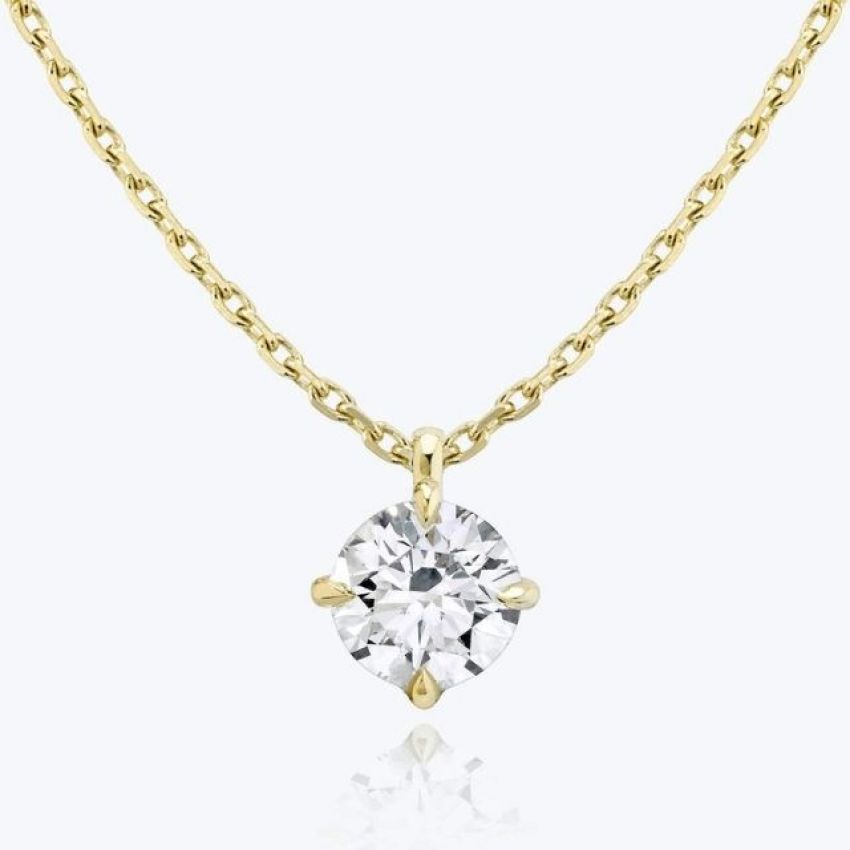 Start with a Setting
Start with a Setting
